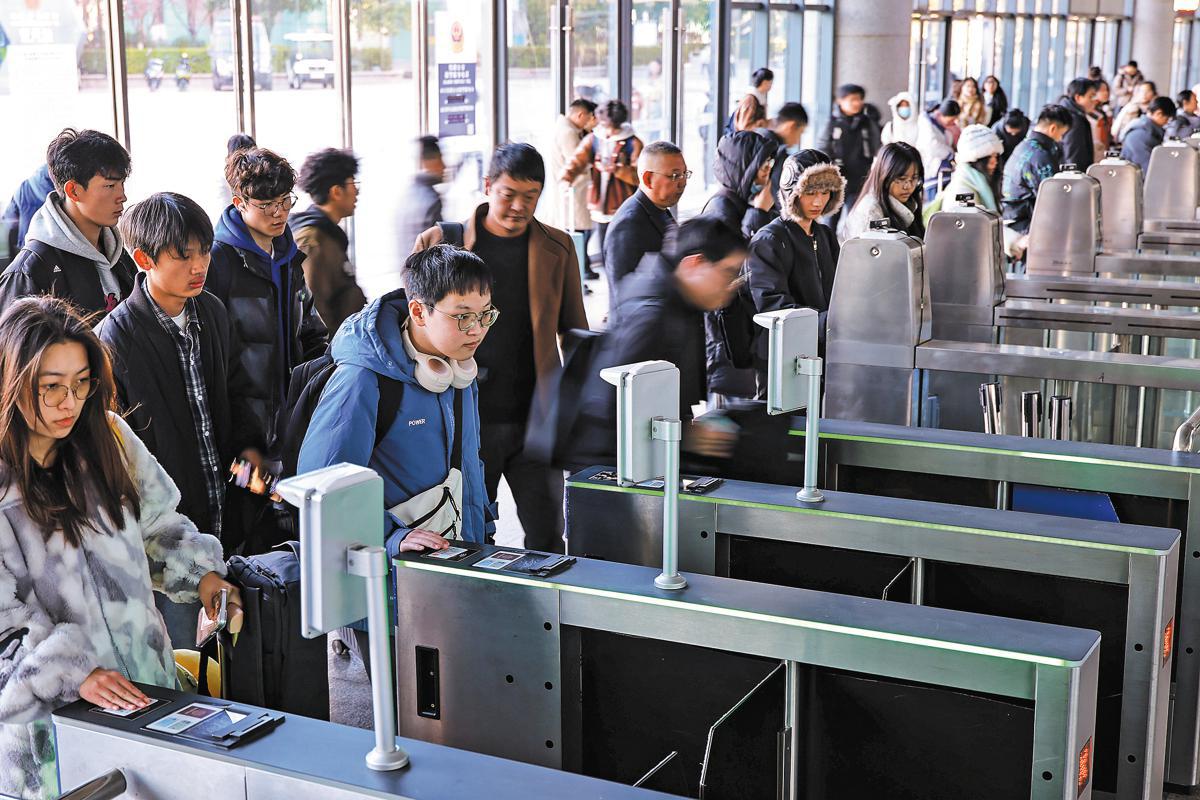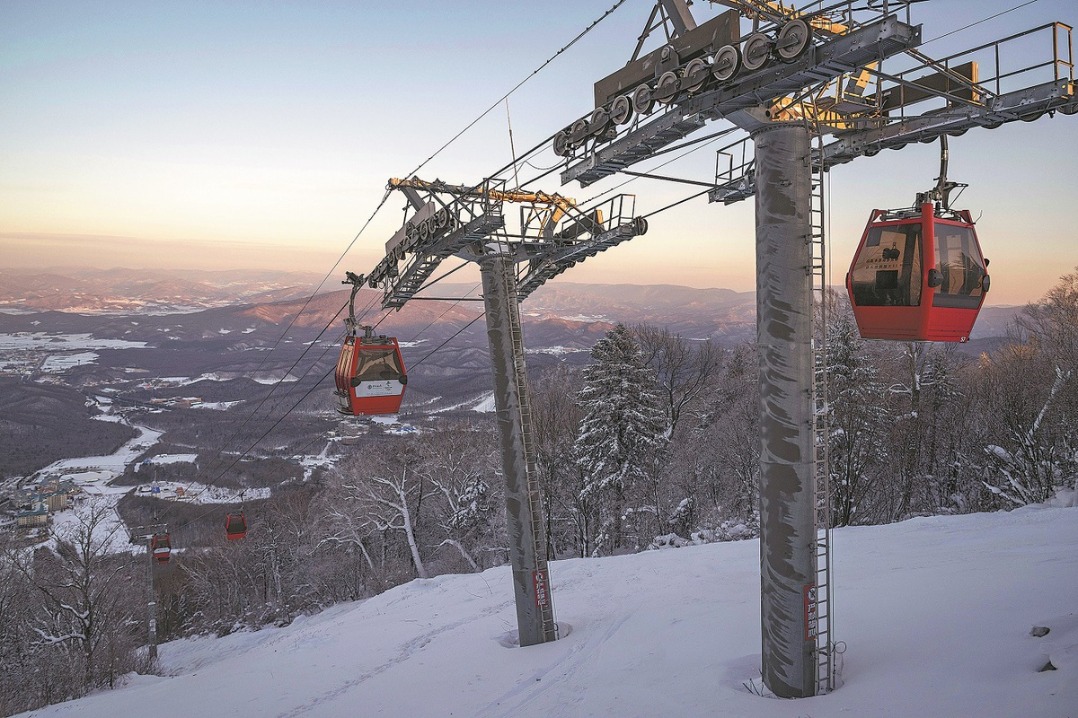Improved high-speed rail makes Spring Festival travel more comfortable
Crowded aisles and slow rides become a distant memory


For 75-year-old Zhang Kunming, the Spring Festival travel experience has been indelibly engraved in his memory. In 1973, as he embarked on a creaking, slow green train from the then-bustling industrial city of Shenyang in northeastern China's Liaoning province to his native Shandong province in eastern China, Zhang encountered conditions that are now scarcely imaginable.
"Back then, I endured three arduous days on a train with no assigned seats, and the aisles were jam-packed with people, like sardines in a can," he recalled vividly. Every bit of space was occupied by fellow travelers, and even the most basic task — such as using the cramped, far-off toilets at each end of the carriage — turned into a major ordeal.
Zhang's arduous journey was a test of endurance and determination, in which the travel experience itself was the most significant challenge.
"Going home for Spring Festival is a tradition passed down by our ancestors," he said, echoing the deep-seated yearning shared by countless Chinese people.
At that time, it had been his fourth year away from home, working and studying in Shenyang, but the first time he was returning for the Spring Festival reunion. Although the reunion came at a steep price — a three-day, bumpy train ride that cost him approximately three months' salary of 18.70 yuan — Zhang's resolve remained unwavering.
"There was no alternative," he said, recalling the chaos when the gates opened and every person surged forward, propelled by a desire to be with their families. His recollection of writing weekly letters to ease the painful separation painted a vivid picture of a time when every journey was an act of faith and a testament to the unwavering pull of home.
Fast forward to more recent times, and the transformation in China's transportation landscape has been nothing short of astonishing. Now, Zhang either travels to Beijing to celebrate the festival with his son's family or welcomes them at his home in Shandong, a trip that only takes three hours.
"Tickets from Beijing to Shandong could be hard to come by, and sometimes I needed to adjust my schedule. But tickets from Shandong to Beijing were readily available. Moreover, ticket prices were very reasonable. With my pension of 8,000 yuan ($1,103), a high-speed train ticket to Beijing costs just over 300 yuan. I could travel whenever I wanted," Zhang said.
Compared with his previous experiences, Zhang described his new journey as a luxury.
"It was a mere three-hour bullet train ride on a comfortable and clean train — travel for reunion has become an enjoyment," he said.
"Although sometimes I have to snap up tickets on my phone, I am quite proficient at it. Compared to paper tickets, booking on my phone has been incredibly convenient. In the past, I had to bring a small stool to the station and line up overnight. China has truly developed."
Zhang's experience mirrors the nation's rapid development and the substantial improvements in people's quality of life. His experiences during the Spring Festival travel season — known as chunyun — vividly illustrate the profound changes in China's transportation system over the decades, and serve as a testament to China's progress, reflecting infrastructural advances and evolving lifestyles.























